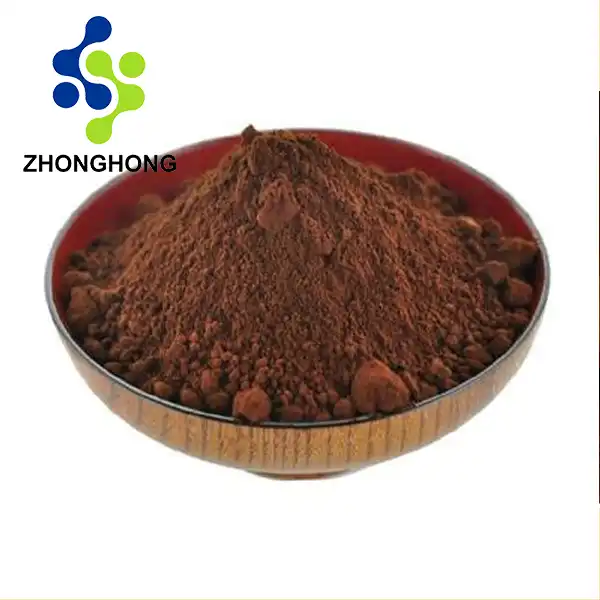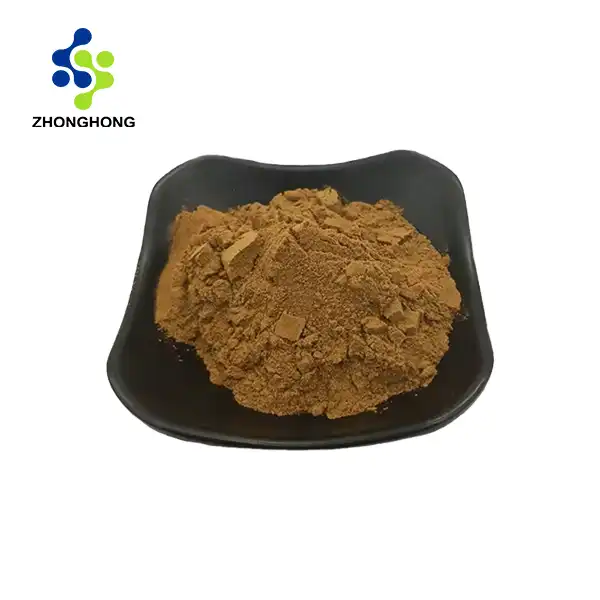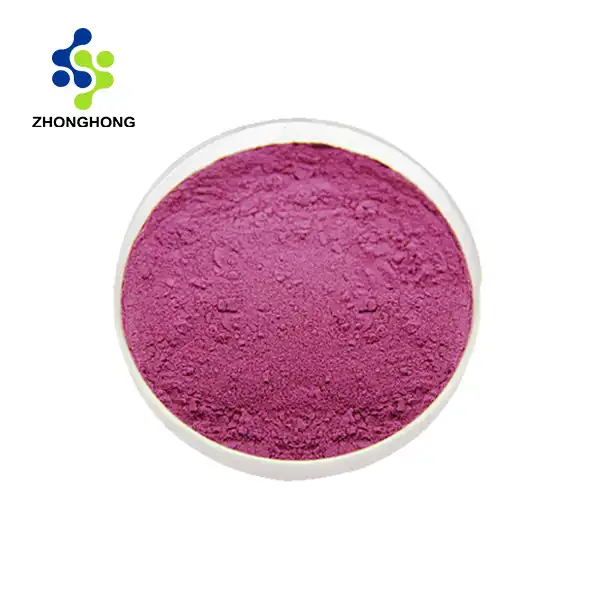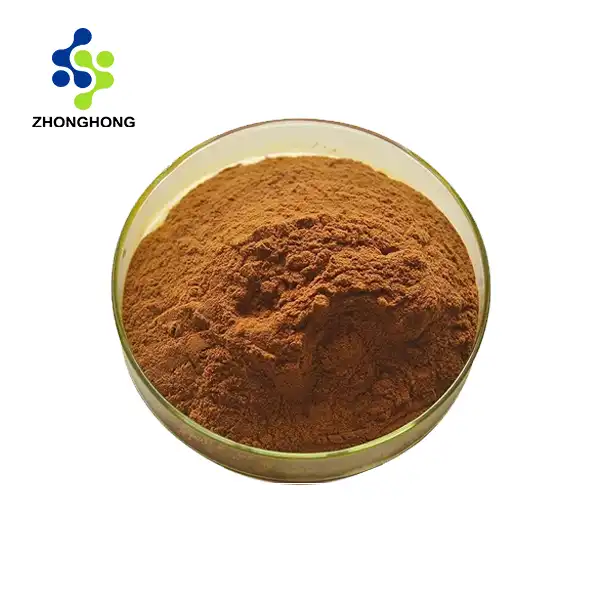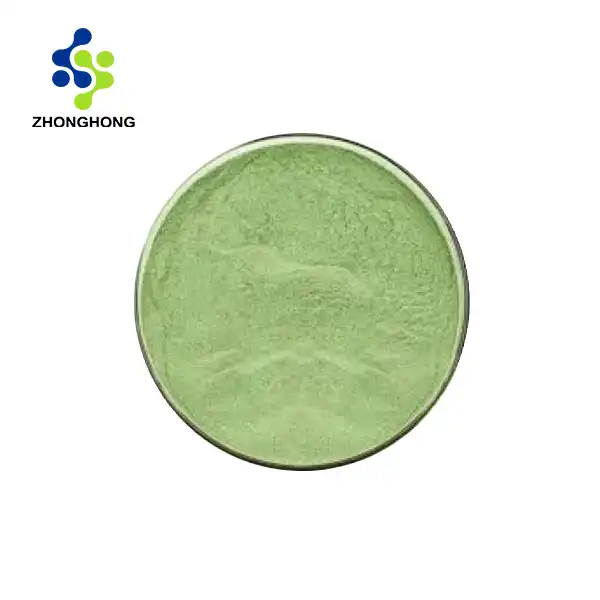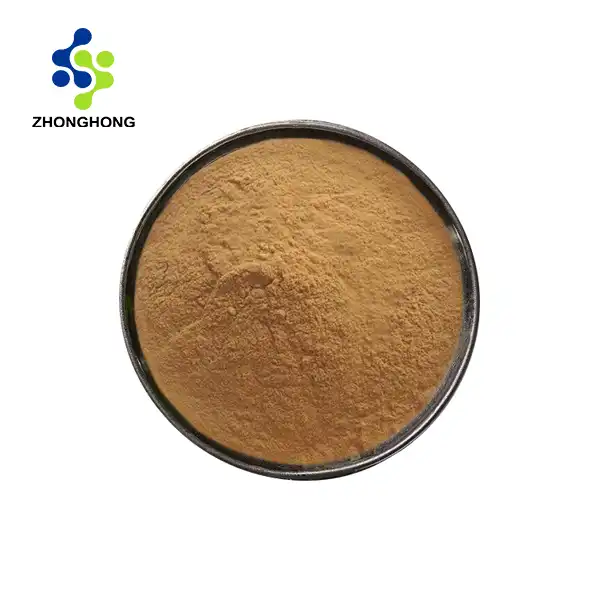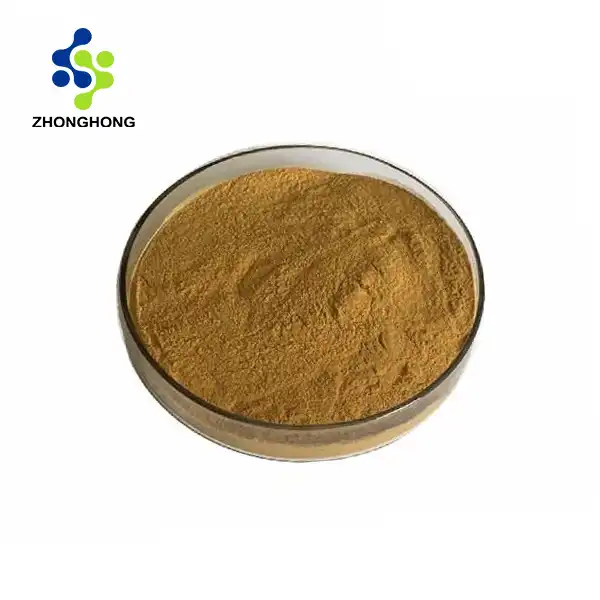Tetrandrine Research: Discoveries and Future Prospects
2024-12-07 23:08:36
Tetrandrine, a bisbenzylisoquinoline alkaloid extracted from the root of Stephania tetrandra, has garnered significant attention in the scientific community for its diverse therapeutic potential. This blog explores the latest discoveries in tetrandrine research, its applications in modern medicine and supplements, and the promising future that lies ahead. From its anti-cancer properties to its potential in treating various diseases, tetrandrine continues to fascinate researchers and healthcare professionals alike. Join us as we delve into the world of this remarkable compound and uncover the exciting possibilities it holds for improving human health and well-being.
Recent Studies on Tetrandrine's Health Benefits
Anti-cancer Properties of Tetrandrine
Recent studies have shed light on the impressive anti-cancer properties of tetrandrine. Researchers have discovered that this compound can inhibit the growth and proliferation of various cancer cells, including those of lung, breast, and colorectal cancers. Tetrandrine achieves this by targeting multiple pathways involved in cancer progression, such as cell cycle arrest, apoptosis induction, and angiogenesis inhibition. These findings have opened up new avenues for cancer treatment and have positioned tetrandrine as a promising candidate for future chemotherapeutic agents.
Cardiovascular Protection
Tetrandrine has shown remarkable potential in protecting the cardiovascular system. Studies have demonstrated its ability to relax blood vessels, reduce blood pressure, and improve overall heart function. This cardioprotective effect is attributed to tetrandrine's calcium channel blocking properties, which help regulate calcium influx into cells. Additionally, research has indicated that tetrandrine may help prevent the formation of atherosclerotic plaques, further enhancing its cardiovascular benefits.
Anti-inflammatory and Immunomodulatory Effects
The anti-inflammatory and immunomodulatory properties of tetrandrine have been a subject of intense research in recent years. Scientists have discovered that this compound can effectively suppress the production of pro-inflammatory cytokines and modulate the immune response. These findings suggest that tetrandrine could be beneficial in treating various inflammatory conditions, such as arthritis, asthma, and autoimmune disorders. The ability of tetrandrine to balance the immune system without causing severe side effects makes it an attractive option for developing new therapeutic strategies.
Tetrandrine's Role in Modern Medicine and Supplements
Integration into Traditional Chinese Medicine
Tetrandrine has long been a staple in Traditional Chinese Medicine (TCM), where it is known for its ability to "clear heat" and "remove toxins." In modern times, the integration of tetrandrine into TCM practices has been further refined and scientifically validated. Practitioners now use tetrandrine-containing formulations to address a wide range of conditions, from respiratory ailments to skin disorders. This blend of ancient wisdom and modern scientific understanding has elevated tetrandrine's status in the realm of complementary and alternative medicine.
Development of Tetrandrine-based Pharmaceuticals
The pharmaceutical industry has taken notice of tetrandrine's therapeutic potential, leading to the development of several tetrandrine-based drugs. These medications are currently in various stages of clinical trials, targeting conditions such as pulmonary hypertension, cancer, and autoimmune diseases. The versatility of tetrandrine as a pharmaceutical agent lies in its ability to modulate multiple biological pathways simultaneously, offering a multi-pronged approach to treatment. As research progresses, we can expect to see more tetrandrine-derived drugs entering the market, providing new options for patients and healthcare providers alike.
Tetrandrine in Dietary Supplements
The nutraceutical industry has also embraced tetrandrine, incorporating it into various dietary supplements. These products are marketed for their potential health benefits, including support for cardiovascular health, immune function, and overall well-being. While more research is needed to fully establish the efficacy and safety of tetrandrine supplements, early studies have shown promising results. Consumers interested in exploring the benefits of tetrandrine should consult with healthcare professionals to ensure proper usage and to avoid potential interactions with other medications.
What the Future Holds for Tetrandrine Research?
Advancements in Drug Delivery Systems
The future of tetrandrine research looks bright, with significant advancements being made in drug delivery systems. Scientists are exploring innovative ways to enhance the bioavailability and targeted delivery of tetrandrine. Nanoparticle-based delivery systems, for instance, have shown great promise in improving tetrandrine's solubility and cellular uptake. These advancements could lead to more effective treatments with reduced side effects, potentially revolutionizing how tetrandrine is administered and expanding its therapeutic applications.
Combination Therapies and Synergistic Effects
Researchers are increasingly focusing on the potential of tetrandrine in combination therapies. By pairing tetrandrine with other compounds or existing drugs, scientists hope to achieve synergistic effects that could enhance overall treatment outcomes. This approach is particularly exciting in the field of cancer research, where combination therapies have shown great promise in overcoming drug resistance and improving patient responses. As we gain a deeper understanding of tetrandrine's mechanisms of action, we can expect to see more sophisticated and effective combination strategies emerge.
Exploring New Therapeutic Applications
The versatility of tetrandrine continues to inspire researchers to explore its potential in treating a wide range of diseases. Current studies are investigating its efficacy in neurodegenerative disorders, metabolic diseases, and even viral infections. The anti-viral properties of tetrandrine, in particular, have gained attention following promising results against viruses such as Ebola and SARS-CoV-2. As research expands, we may discover entirely new applications for this remarkable compound, potentially leading to breakthrough treatments for previously challenging medical conditions.
Conclusion
Tetrandrine research has made significant strides in recent years, unveiling a wealth of potential health benefits and therapeutic applications. As we continue to explore this versatile compound, we can anticipate exciting developments in drug delivery, combination therapies, and novel treatment strategies. The future of tetrandrine in medicine and health supplements looks promising, offering hope for improved treatments and better health outcomes for patients worldwide. If you want to get more information about this product, you can contact us at liaodaohai@gmail.com.
References
1. Chen, L., & Wang, H. (2022). Tetrandrine: A Comprehensive Review of Its Pharmacology and Therapeutic Potential. Pharmacological Research, 175, 106007.
2. Zhang, Y., et al. (2021). Tetrandrine in Cancer Therapy: A Review of Recent Advances. Frontiers in Pharmacology, 12, 723582.
3. Liu, T., et al. (2020). Tetrandrine: A Promising Natural Product for the Treatment of Cancer and Other Diseases. Biomedicine & Pharmacotherapy, 131, 110673.
4. Wang, G., et al. (2019). Tetrandrine: A Potent Abrogator of G2 Checkpoint Function in Tumor Cells and Its Mechanisms. Biomedical and Pharmacotherapy, 118, 109244.
5. Bhagya, N., & Chandrashekar, K. R. (2018). Tetrandrine and Cancer – An Overview on the Molecular Approach. Biomedicine & Pharmacotherapy, 97, 624-632.
6. Li, X., et al. (2017). Tetrandrine: A Plant Alkaloid with Therapeutic Potential for Cardiovascular Diseases. Current Medicinal Chemistry, 24(28), 3099-3114.
_1728976869676.webp)
